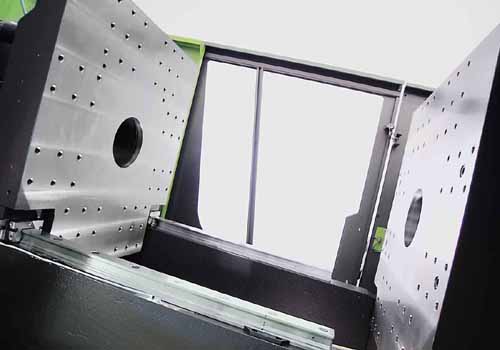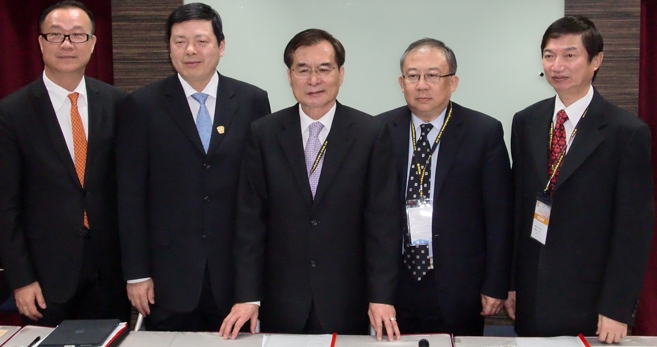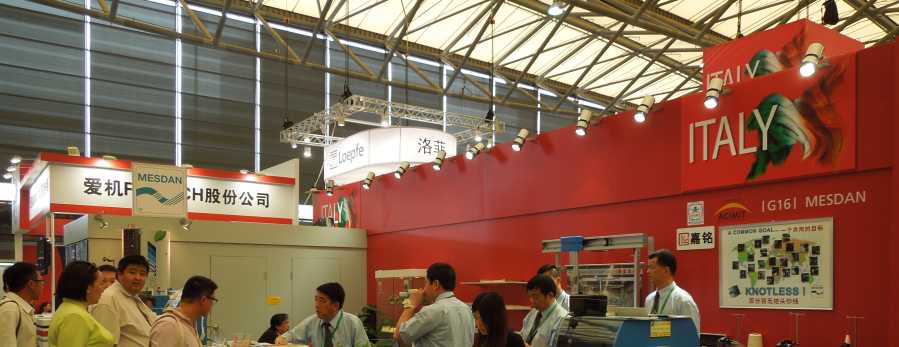According to the analysis of ISTAT foreign trade data for the first three quarters of the current year of Assocomaplast, the Italian plastics and rubber machinery industry continued its revival in 2015.
Extrapolating this trend, the overall value of purchases from abroad in December should fall somewhere between €700-750 million.

“The factor bringing most satisfaction to Italian businesses in this sector,” emphasizes Alessandro Grassi, President of Assocomaplast. “Is the consolidation in exports: in the first nine months of this year they have nearly reached the same level as the full year 2014.”
The association’s research office estimates that 2015 may break the all-time record, reached in 2007, of €2.8 billion euros. This trend would bring a new impetus to Italian production, perhaps pushing it beyond the threshold of 4.1 billion euros.
The geography of exports shows particular progress (over 30 percentage points) in the North American Free Trade Agreement (NAFTA) zone. On the other hand, continue their slide, with sales dropping in the principal markets, i.e. Brazil, Argentina and Colombia.
The trend in exports to Europe is also positive, maintaining its position as the principal market for Italian plastics and rubber machinery industry’s foreign sales. Sales in the EU countries have risen by 13%, while not-EU region has fallen off overall by 4%, mainly caused by the negative trend in Russia.
“This is an important market, to which Italian manufacturers continue to look with great interest and the hope that the values witnessed prior to the imposition of sanctions and the collapse of the ruble will soon be back on the books,” emphasized Grassi.
Exports to Germany, the main destination market for Italian exports, have also shown a clear recovery with respect to previous quarters.
Sales of Italian technology to Asian countries have dropped slightly. The first three quarters of 2015 closed positively in the Far East with respect to January-September 2014 (led by sales to Indonesia and Thailand, while China held steady).
However, the Middle East records a contraction of 16%, which can be traced to the slowdown in Saudi Arabia and the lasting standstill in Iran.
In addition, exports of Italian plastics and rubber machinery to the continent of Africa are generally stagnant as an average between the substantially positive activity in Mediterranean markets (Morocco first and foremost) and strong slumps in the others, including South Africa.
Website: www.adsalecprj.com








